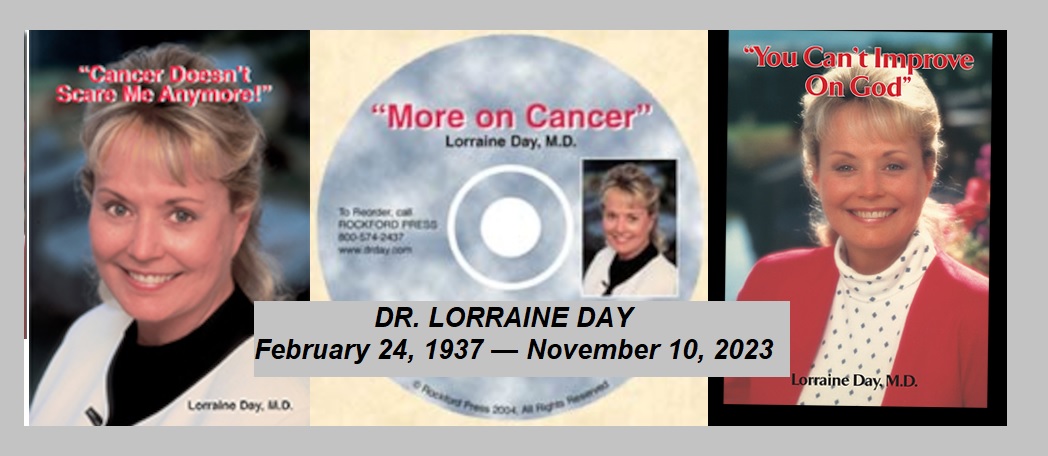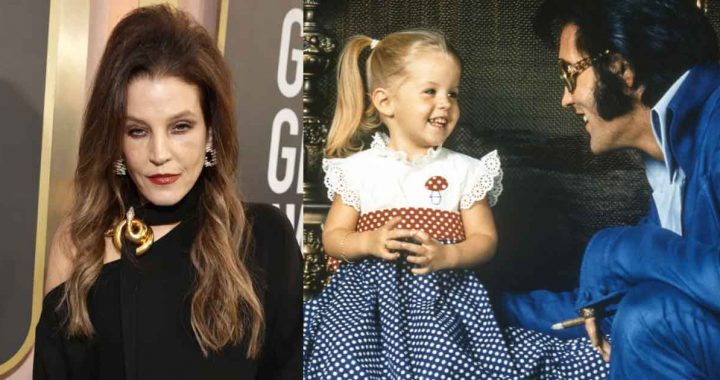“And school officials have since discovered that in the days before he
brought the gun to school, he was having trouble adjusting to a new
anti-depressant medication.”
http://dailynews.yahoo.com/h/ap/20010428/us/tragedy_averted_1.html
Saturday April 28 12:57 PM ET
Wash. School Deals With Gun Incident
By MARTHA IRVINE, AP National Writer
MATTAWA, Wash. (AP) – Apple orchards are blossoming just down the road. But
there is one student in Michelle Hansen’s honors English class who is not
there to see it.
Cory Baadsgaard is, instead, in the county jail, writing letters of apology
to classmates he has known since kindergarten – the same ones he forced into
a classroom corner using a loaded big-game hunting rifle and swear words many
had never heard him use before.
“It’s hard to write when you’re shaking and crying,” the 16-year-old said
in a letter that his friend, Clint Price, read to the class soon after the
April 10 standoff.
“I’m so sorry about what I did. … I never once thought about hurting any
of you.”
No one was hurt, at least not physically, at Wahluke High School. But the
anger and second-guessing linger, and one question continues to echo in the
hallways.
“Why?”
It’s a question without a satisfactory answer here, or any other place where
a student has walked into school with a weapon and a confused mind or bad
intentions.
According to the National School Safety Center, which began tracking school
deaths in 1992, the numbers have dropped in the last decade. Even so,
teen-agers have come of age hearing about rampages so heinous they are now
simply referred to with one word: Jonesboro, Paducah, Columbine and Santee
among them.
The issue has hit especially close to Mattawa, a tiny no-stoplight town
nestled in a valley that the Columbia River has carved through the red rock
and sagebrush of central Washington’s high desert. Five years ago in nearby
Moses Lake, Barry Loukaitis opened fire on his ninth-grade math class,
killing two students and a teacher and seriously injuring another student.
“I go to sporting events in other states and people say, ‘Hey, didn’t you
guys have a shooting there?”’ Justin Workman, the senior class president at
Moses Lake High School, says, sighing. “It’s all we seem to be known for.”
Still, students in Mattawa – many of them children of ranchers or farm hands
– never really believed it would happen to them. And if it did, the gunman
wouldn’t be Baadsgaard, a lanky, baby-faced teen who was quick to give a hug.
“I lay awake at night thinking about it,” Price, who is 17, says. “I wish
he would’ve said something.”
When searching for answers, students in Baadsgaard’s class don’t mention
bullying or teasing. But they do wonder about other factors – among them,
violence in movies and video games and guns that, a few believe, are too
accessible.
“Maybe he was copying what he saw on the news,” 16-year-old classmate
Marcela Negrete says, later adding, “Maybe he just wanted more attention
from us.”
Megan Hyndman, 17, says, “Looking back, I guess I did see signs that he was
having a hard time. He didn’t really have a best friend.”
Several of his classmates knew Baadsgaard was struggling to pass Hansen’s
class (despite posting what Hansen says were the class’s highest standardized
reading scores).
A smaller number also knew he’d been suicidal, one time threatening to jump
off a cliff when he was rock climbing.
And school officials have since discovered that in the days before he brought
the gun to school, he was having trouble adjusting to a new anti-depressant
medication.
Any number of factors could have prompted Baadsgaard to sneak through one of
the school’s side doors with the rifle and burst into his classroom.
But many experts caution against using those factors to lump every kid who
brings a gun to school – even those who end up killing – into the same
category.
“It’s too easy to jump to obvious conclusions about what it is that makes
these kids go off,” says Peter Scales, a developmental psychologist and
senior fellow at Search Institute, a Minneapolis-based youth research center.
“So I think, for me, the lesson is to take a step backward and ask ‘What do
all kids need to be more safe and healthier?”’
At Wahluke High School, principal Bob Webb says he plans to do just that by
assigning an adult mentor to every student. He also wants to set up a hot
line for anonymous tips about students who might be troubled or making
threats.
Webb, who encourages his staff to hug students, says it’s all part of
enhancing the benefits of a small town and a small school.
Students “know you know them,” he says. “You’re going to see them on the
street corner. You’re going to sit next to them in the theater. You’re going
to sit next to them at church.”
Webb says he has little doubt a shooting was averted because of the bonds
that have taken hold in this town of 1,800 people (including outlying areas).
“The whole reason this played out the way it did is because of Cory’s
one-on-one relationship with those kids,” Webb says.
That closeness, he says, showed itself as Hansen and some of her students
made frequent eye contact with Baadsgaard, calmly talking to him as he sat
against a classroom wall and tightly gripped the rifle’s barrel.
Webb and intervention specialist David Garcia then entered the room and
kneeled next to Baadsgaard.
“You don’t want to do this,” Webb said whispering into his ear and touching
his shoulder.
Eventually, Baadsgaard threw the gun aside and was led away by authorities.
He has since pleaded innocent to kidnapping and firearms charges and will
likely be tried as an adult.
Meanwhile, in Hansen’s room, students have placed quotations on the room’s
walls.
“To err is human; to forgive is divine.”
“Hindsight is 20-20.”
They have also turned their desks around to face the door so that – if for no
other purpose – they can see trouble coming.
Realistically, they know the chances of having to deal with another
gun-wielding intruder are slim. Then again, they say, you never know.
Nobody expected another gun incident here after the horror of Moses Lake. And
Santana High School in Santee, Calif., ran programs to prevent violence, yet
two students were killed in a shooting there in March.
“I think it’s just a fact of life,” Gabriel Valladares, the 16-year-old
co-captain of the school’s soccer team, says of violence in schools. “These
days, you have to be prepared for anything.”



